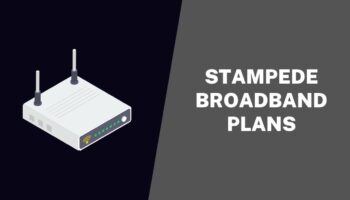To compare Jio Fiber and Jio AirFiber, it’s important to consider various factors like technology, speed, availability, cost, and services offered. Here’s a detailed comparison:
Technology
Jio Fiber: Utilizes fiber-optic technology which involves a network of cables made from tiny strands of glass or plastic. It transmits data via light signals, offering high-speed internet connectivity.
Jio AirFiber: Employs wireless technology, likely utilizing radio waves for data transmission. This method generally offers flexibility in deployment, especially in areas where laying fiber-optic cables is challenging.
Speed and Reliability
Jio Fiber: Known for providing high-speed internet with speeds up to 1 Gbps. Fiber-optic networks are less prone to signal loss, ensuring consistent and reliable connectivity.
Jio AirFiber: While wireless solutions can offer high speeds, they may be more susceptible to environmental factors like weather and obstacles, which can affect signal strength and reliability.
Availability
Jio Fiber: Availability is limited to areas where fiber-optic infrastructure is in place. Urban and developed regions are more likely to have access.
Jio AirFiber: Could potentially have wider availability, especially in rural or remote areas where laying cables is not feasible or too expensive.
Cost
Jio Fiber: Pricing can vary based on the plans and speed chosen. Installation might involve additional costs for setting up the fiber network at the user’s location.
Jio AirFiber: The cost structure could be different, possibly lower in terms of installation, but this depends on the specific plans and services offered by Jio.
Services Offered
Jio Fiber: Often comes with bundled services including broadband, TV subscriptions, landline connections, and various OTT platforms.
Jio AirFiber: The services offered would depend on Jio’s strategy for this technology. It could potentially focus more on internet provision rather than a bundle of services.
Target Audience
Jio Fiber: Ideal for users in urban and semi-urban areas looking for high-speed internet and bundled multimedia services.
Jio AirFiber: Likely targets users in areas with limited access to wired internet infrastructures, focusing on providing internet connectivity.
Future Expansion and Upgrades
Jio Fiber: As fiber-optic technology evolves, upgrades to existing infrastructure could offer even higher speeds and more services.
Jio AirFiber: Wireless technologies are rapidly advancing, and future upgrades could enhance speed, reliability, and service coverage.
Conclusion
In summary, Jio Fiber offers high-speed, reliable internet via a fiber-optic network with a focus on urban areas, whereas Jio AirFiber, with its wireless technology, could provide more flexible internet solutions, potentially targeting rural or hard-to-reach areas. The choice between the two would largely depend on the user’s location, speed requirements, and the type of services they need.







